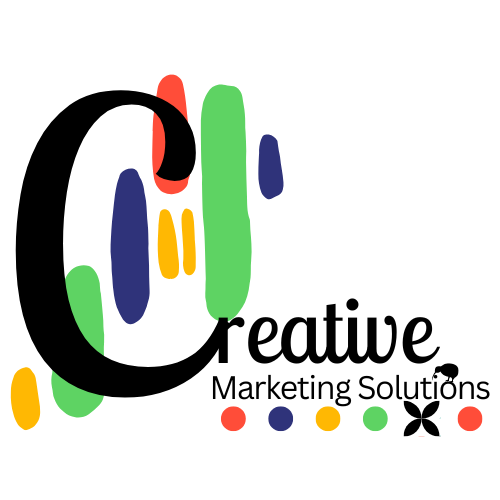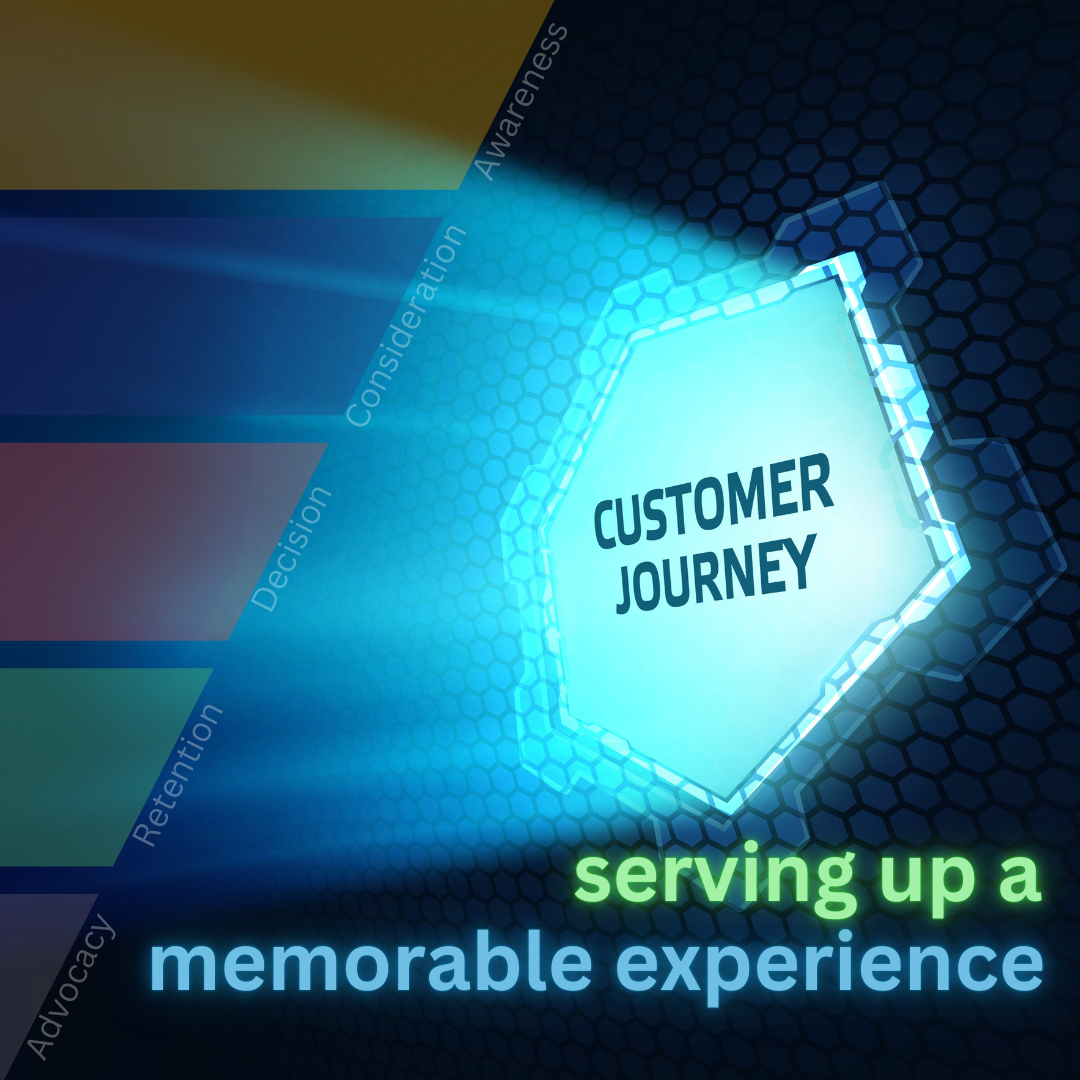Imagine you’re craving a fantastic night out – delicious food, great service, and an experience worth raving about. But where should you go? Just like choosing a restaurant, the customer journey involves multiple stages before reaching the final decision. Let’s break it down, course by course.
The Customer Journey Explained
Imagine it’s Friday night, and you’re absolutely exhausted from a long week. Cooking? Not happening. Instead, you want a great meal, a nice atmosphere, and, most importantly, an experience worth remembering. But where do you go? Do you crave a cosy Italian trattoria, a buzzing sushi bar, or perhaps a classic steakhouse?
First, you consider how far you’re willing to travel. Then, you grab your phone and start searching—Googling restaurants, checking reviews, scrolling through social media, and maybe even asking friends for recommendations. After carefully weighing up the options, you finally make a choice, book a table, and head out.
If the experience is exceptional, you’ll likely rave about it, leave a glowing review, and perhaps even sign up for the restaurant’s mailing list to stay updated on future specials. On the other hand, if it’s disappointing, you might have a serious chat with the manager, leave a one-star review, or even warn friends and family about your bad experience.
A day or two later, you receive a pop-up on your Google Maps, a personalised text, or an email from the restaurant thanking you for your visit. They might ask for your feedback and, in some cases, even offer an incentive to encourage you to return soon.
Now, take a moment to reflect—can you identify each step that influenced your decision-making throughout this process? That is exactly what a customer journey is all about. It’s about ensuring your business is prepared to meet potential customers’ needs, no matter what stage they’re at. And just like a great restaurant, businesses that thoughtfully guide customers through each stage of their journey are the ones that turn curious browsers into devoted fans.
What Makes a Customer Journey Successful?
A truly exceptional customer journey is like an outstanding dining experience. The best restaurants don’t just serve food, they provide the whole experience – from capturing potential customer’s attention, to engaging with their senses, providing an exceptional experience and staying in touch after they’ve left. A successful customer journey requires:
✅ A clear and inviting brand presence
✅ Seamless interactions
✅ Relevant and engaging content
✅ Personalisation
✅ Automation and efficiency
The 5 Stages of the Customer Journey
Stage 1: Awareness (I’m hungry!)
What your customer might be thinking at this stage?
“I’m hungry, but I don’t know where to start.”
Best content to draw these potential customers in.
- Blog posts
- Social media content
- Engaging videos
- SEO optimised articles
- Paid ads
Example:
You suddenly feel hungry and see an ad for a new restaurant on Instagram.
Stage 2: Consideration (Where should I eat?)
What your customer might be thinking at this stage?
“What are my options? Who offers the best experience?”
Best content to draw these potential customers in.
Paid ads
SEO optimised blog
A video showcasing the experience.
SEO optimised catalog of you products on your social media platforms and Google Business page.
Example:
You Google “best restaurants near me” and read reviews, check menus, and ask friends for recommendations.
Stage 3: Decision (Booking the table)
What your customer might be thinking at this stage?
“Is this the right choice? What makes this brand stand out?”
Best content to draw these potential customers in.
Special offers
Freebies
Testers
Compelling Call to
Actions
FAQs
Example:
You book a table after seeing a 5-star review and an enticing special.
Stage 4: Retention (Enjoying the meal & service)
What your customer might be thinking at this stage?
“Did I make the right choice? Should I come back?”
Best content to draw these potential customers in.
Loyalty programs
Personalised offers
After services and reminders
Email list
Example:
The food is delicious, the service is excellent, and you receive a discount for your next visit.
Stage 5: Advocacy (Telling everyone about it!)
What your customer might be thinking at this stage?
“I love this! How can I share it with others?”
Best content to draw these potential customers in.
Referral programs
Social media engagement
Rewards or vouchers
Example:
You post a photo of your meal on social media, leave a glowing review, and tell friends to check it out.
Why is Mapping Out a Customer Journey Important?
Because we live in a digital era, it has spoiled people with instant solutions and immediate results, ultimately leading to increasingly impatient consumers. As a result, your potential audience doesn’t have the time—or the patience—to wait for your web page to load, struggle to find a product or key information, or sit through a payment process that takes a full minute to complete.
Now, imagine you’re hungry and need to choose a restaurant as quickly as possible. In this situation, you don’t have the patience to go on a scavenger hunt for menus, figure out where to find essential details on the website, or even search for the restaurant’s opening hours. Instead, you want a seamless experience. The moment you encounter an obstacle, you’re likely to abandon that option and move on to another restaurant that makes things easier.
To prevent this from happening to your business, having a well-mapped customer journey is essential. This ensures:
🔹 Higher conversion rates by smoothly guiding customers through each stage of the process.
🔹 A better customer experience with fewer friction points, making interactions more seamless.
🔹 More efficient marketing by targeting the right audience at precisely the right time.
🔹 Stronger brand loyalty as satisfied customers return and recommend your business to others.
By prioritising a frictionless journey, you not only keep potential customers engaged but also build a brand that people trust and return to time and time again.
How Email Marketing And Marketing Automation Can Help
🍽️ Think of email marketing as your front-of-house team. It greets customers, keeps them engaged, and encourages repeat visits while you can focus on other aspects of your business.
Marketing automation helps businesses send the right message at the right time, ensuring customers stay engaged throughout their journey. It includes:
✔ Welcome sequences – Like a host greeting diners, a welcome email introduces customers to your brand.
✔ Lead nurturing – Sending personalised content to potential customers, like menu recommendations based on preferences.
✔ Personalised promotions – Offering discounts or tailored suggestions based on past interactions.
✔ Re-engagement campaigns – Encouraging inactive customers to return, like a “We miss you!” email with a special offer.
Final Bite: Ready to Serve Up a Winning Customer Journey?
Just like a top-tier restaurant, the best businesses craft an intentional experience that turns first-time visitors into lifelong customers. By understanding each stage of the customer journey and using the right marketing strategies, you can create a seamless experience that keeps people coming back for more.
Download my free Customer Journey Template to help you get started today!
🍽️ Want help crafting the perfect customer journey for your brand? Let’s chat!




